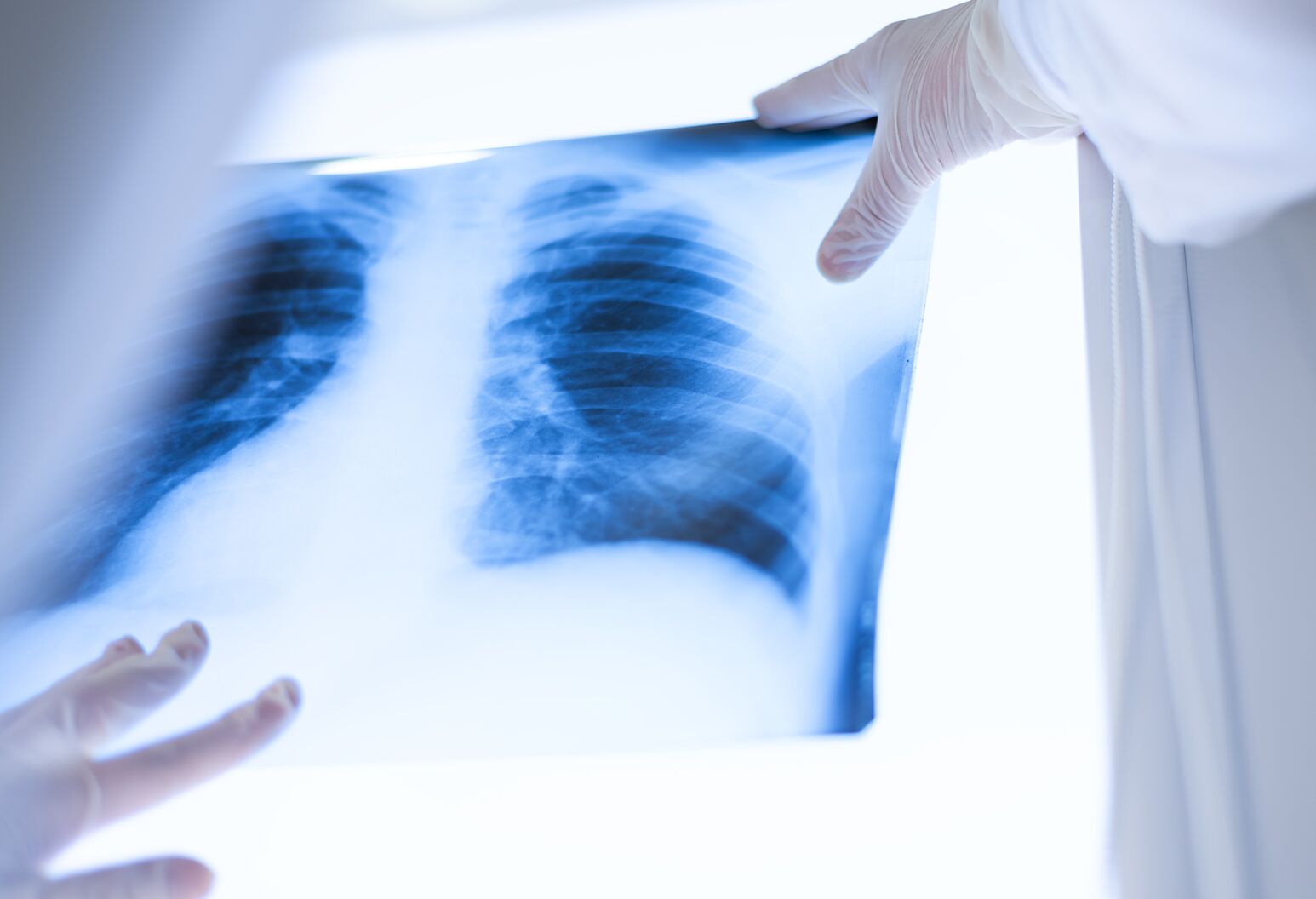Lung cancer, a leading cause of cancer-related deaths in the United States, claims approximately 370 lives daily. Despite its severity, a significant number of people remain unaware of life-saving screening options available for this deadly disease. The American Lung Association reports a concerning lack of awareness among the public. According to their data, only 38% of individuals know that lung cancer screening is available for high-risk populations, and just 28% are aware that lung cancer is the leading cause of cancer deaths in the U.S.

Current Screening Guidelines
The American Cancer Society’s current guidelines recommend annual lung cancer screenings for individuals aged 50 to 80 who either smoke or have a history of smoking. Specifically, this recommendation applies to those with a 20-year or greater pack-year history of smoking. Dr. Gounder explains the pack-year calculation: “When we talk about pack years, you multiply the average number of packs per day by the number of years you have smoked.” For instance, smoking one pack a day for 20 years or two packs a day for 10 years equals 20 pack years. Individuals who meet this criterion should consider regular screenings.
The Screening Procedure
Lung cancer screenings are performed using low-dose CT (computed tomography) scans, which are effective in detecting early signs of cancer. The procedure involves lying on a table that moves through a donut-shaped machine, which captures 3D X-rays of the lungs. “The scan is a pretty quick procedure, under 10 minutes,” Dr. Gounder noted. Despite its brevity, it’s an important tool that remains underutilized among those at high risk.
Risk Factors Beyond Smoking
While smoking is a well-known risk factor for lung cancer, it is not the only one. Dr. Gounder highlights other significant risks, including:
- Asbestos Exposure: Particularly relevant for those with occupational asbestos exposure.
- Radon: A natural radioactive gas that can accumulate in homes, contributing to lung cancer risk.
- Cooking and Other Smoke: The impact of smoke from cooking and other sources is often underestimated.
- Wildfire Smoke and Air Pollution: Increasingly recognized as contributing factors to lung cancer risk.

Dr. Gounder emphasizes the importance of understanding these additional risk factors, as they can affect individuals even if they do not smoke. By raising awareness and encouraging screening, the medical community aims to improve early detection and ultimately reduce lung cancer mortality rates.
